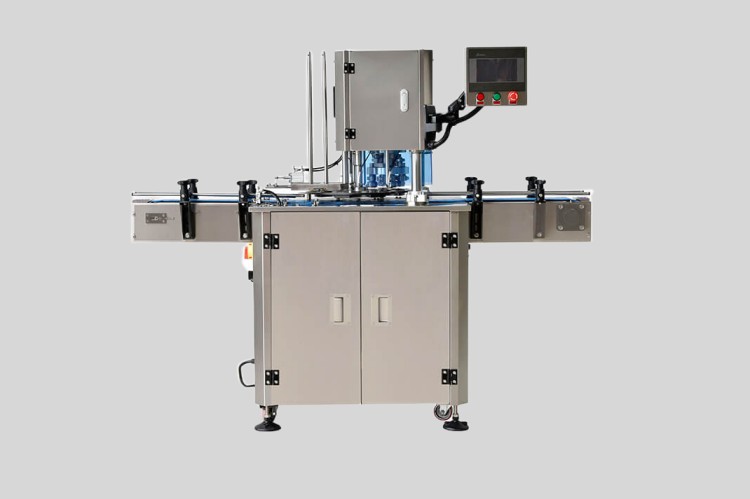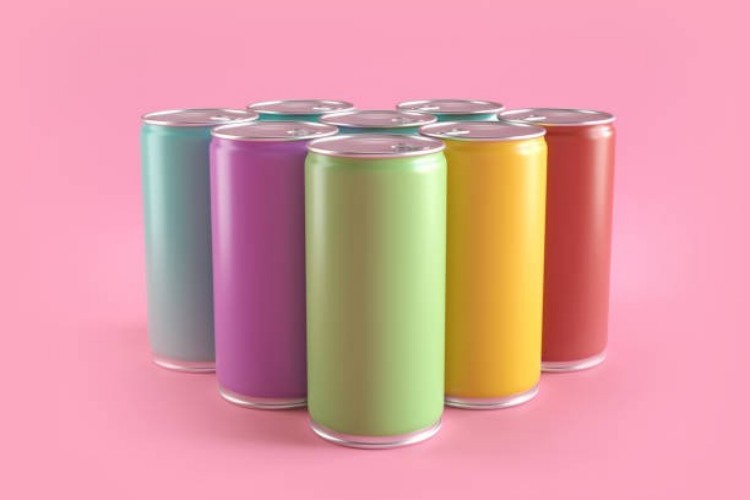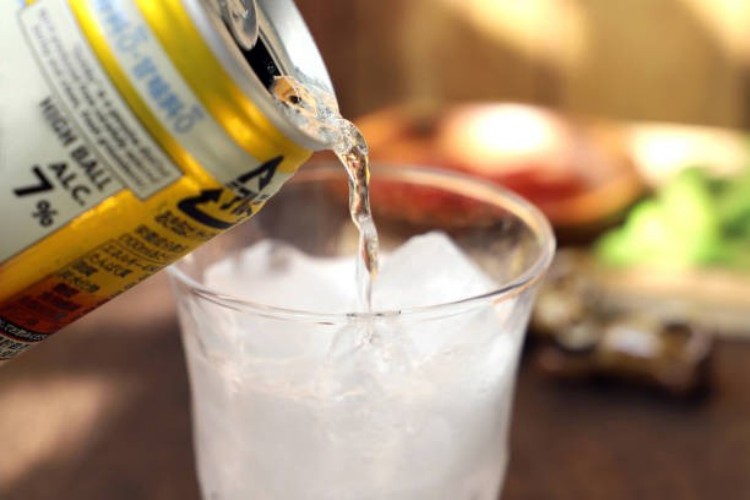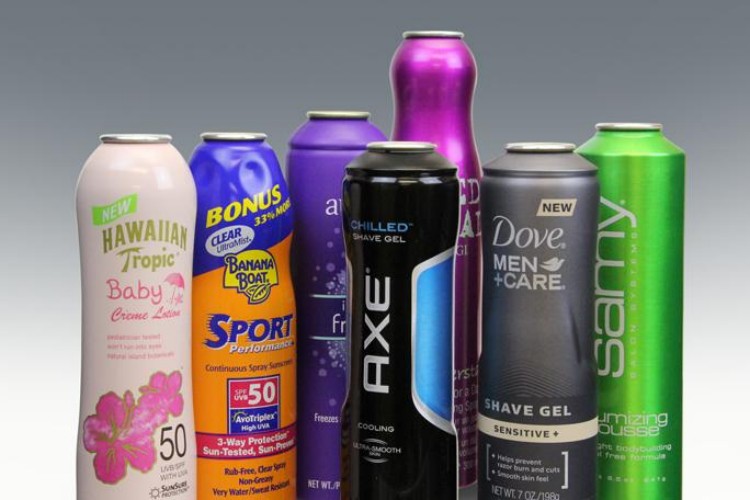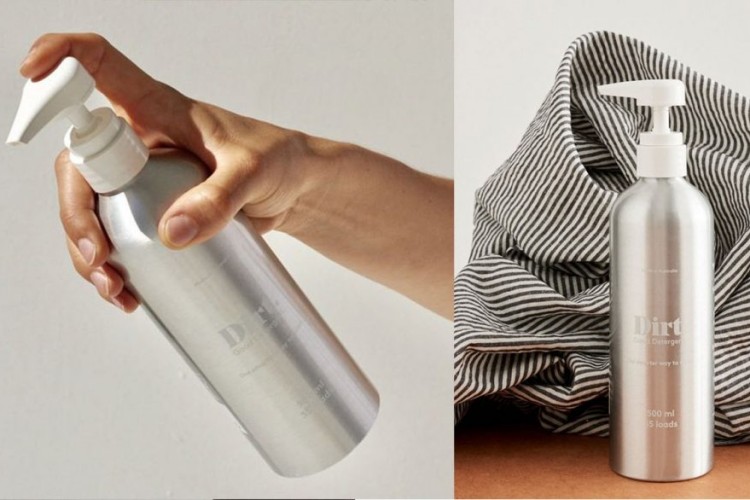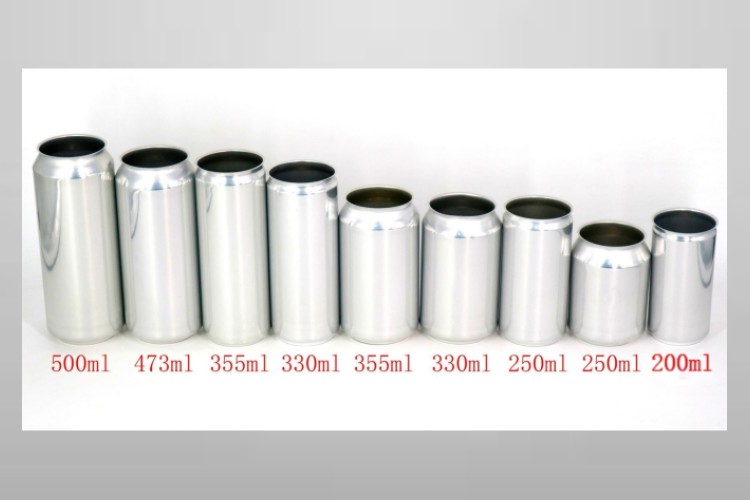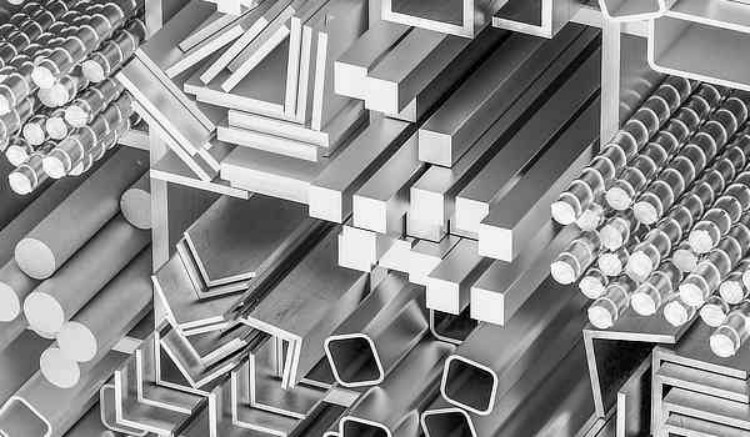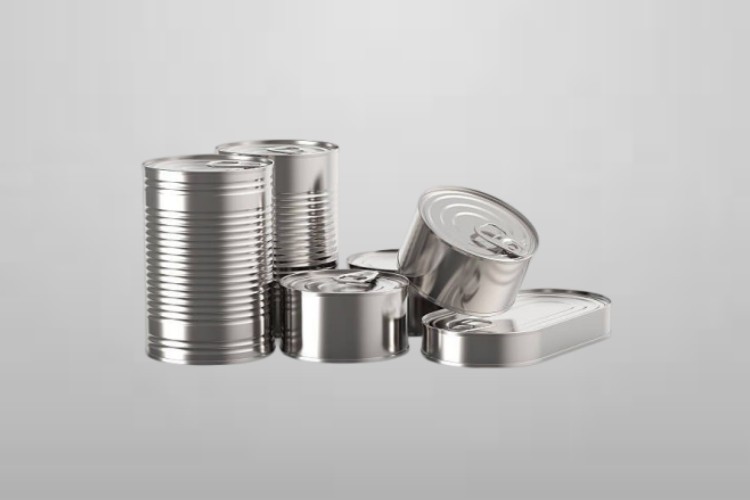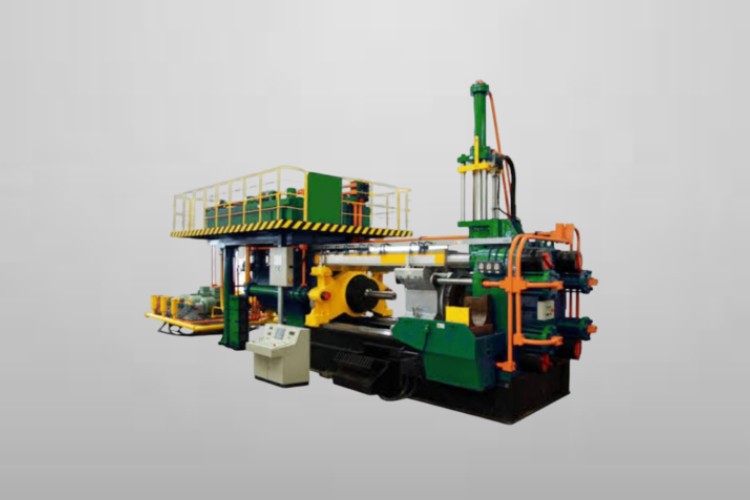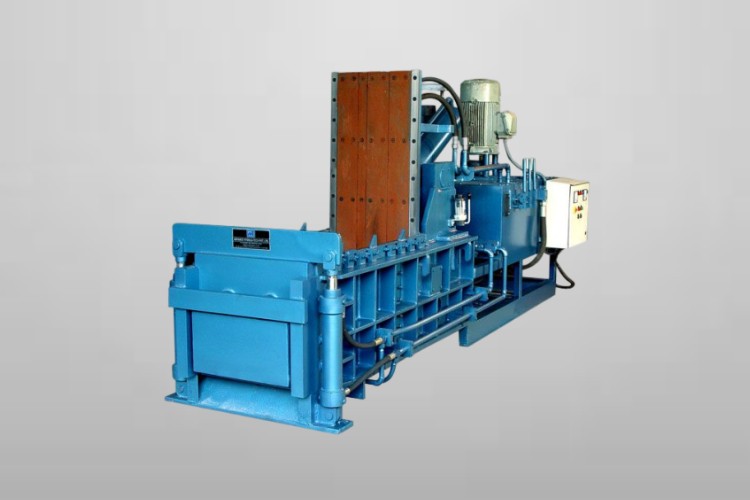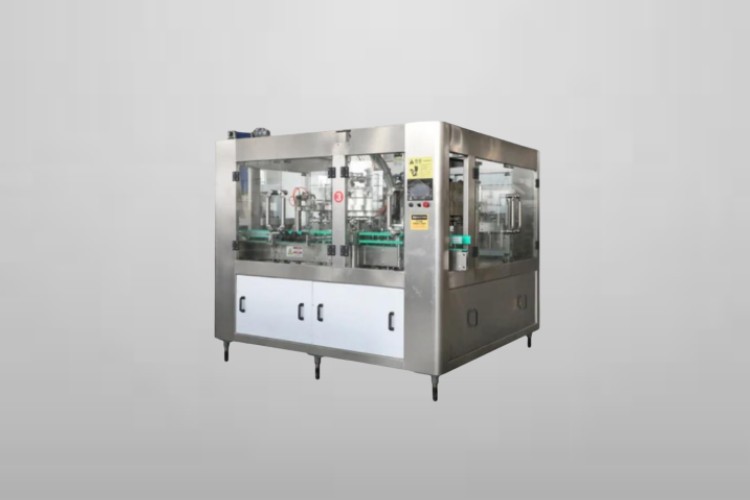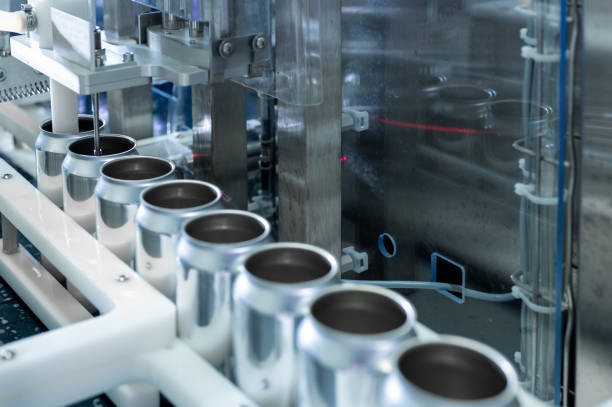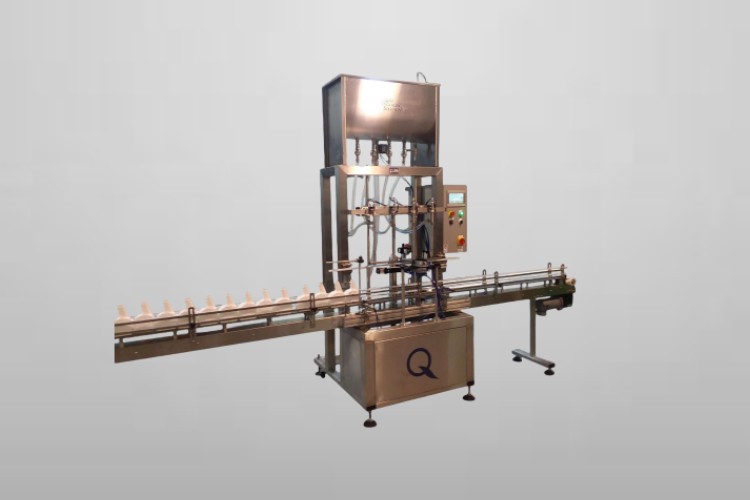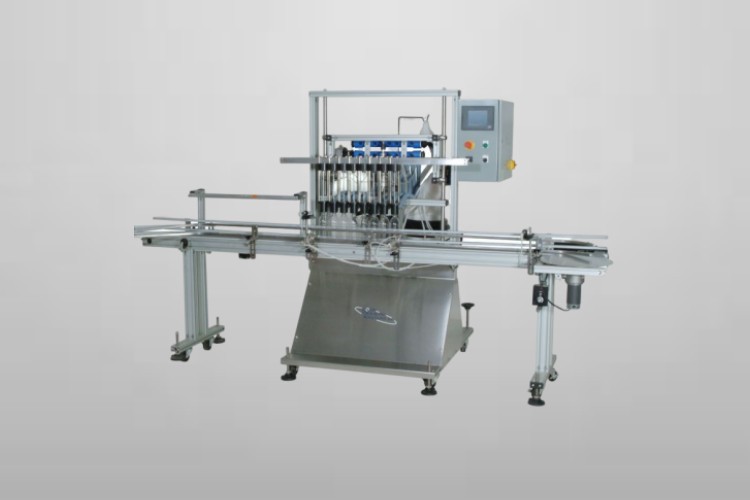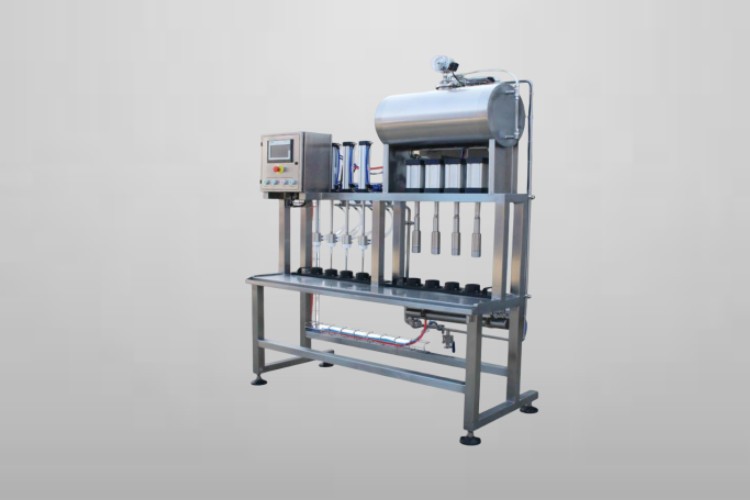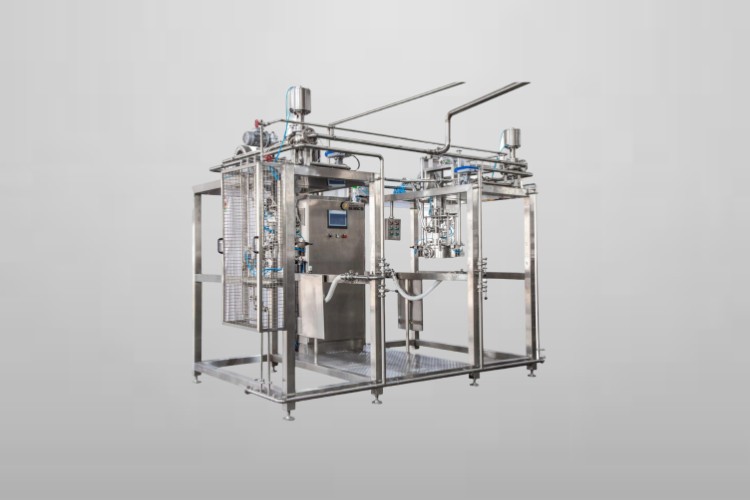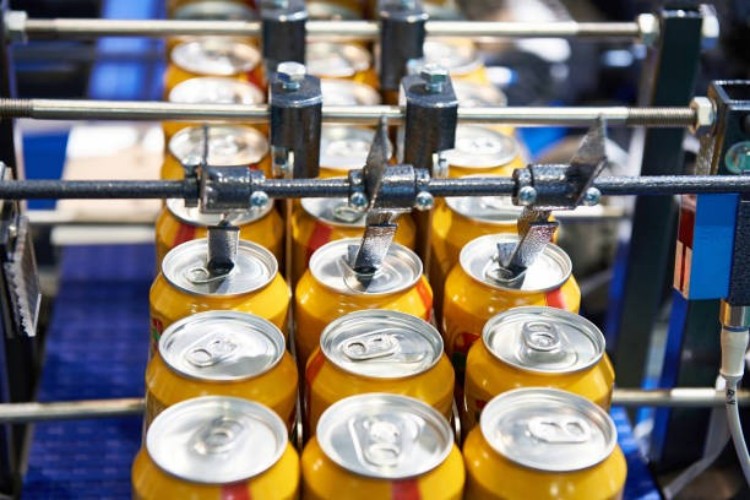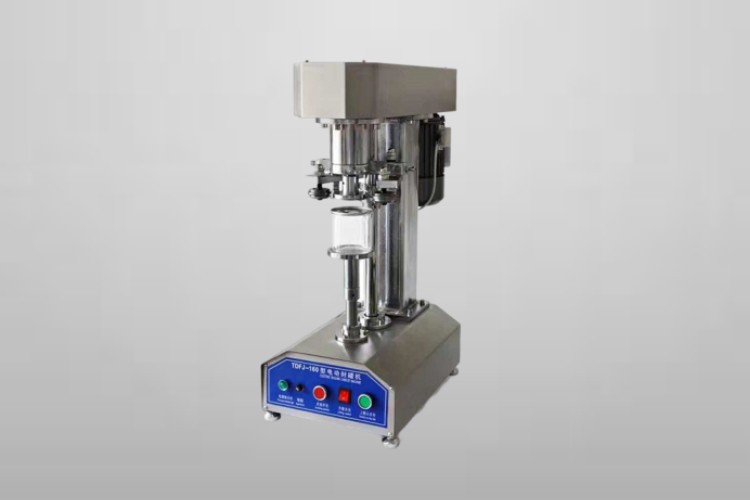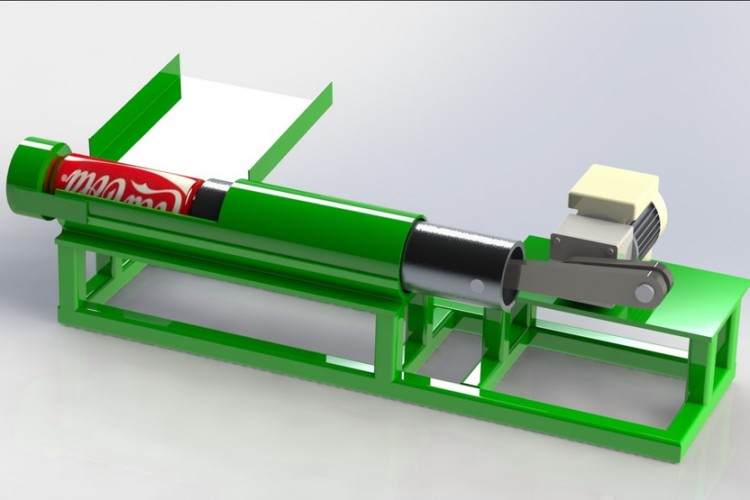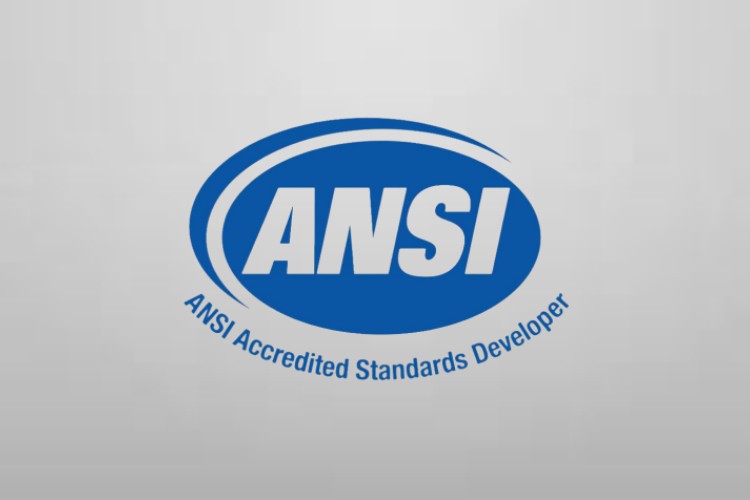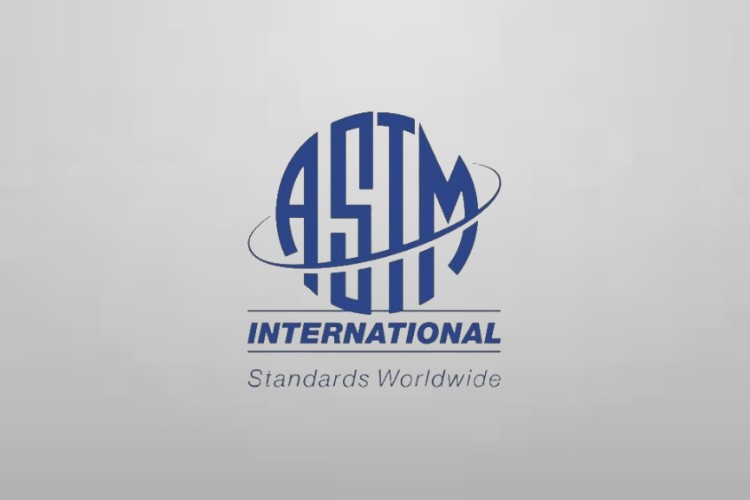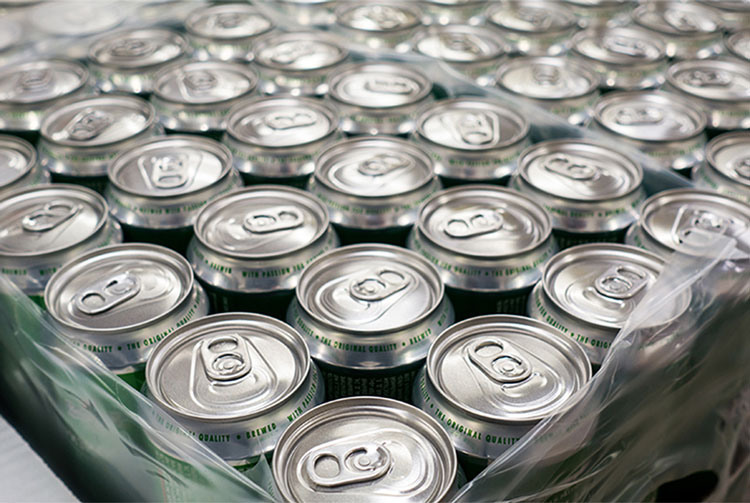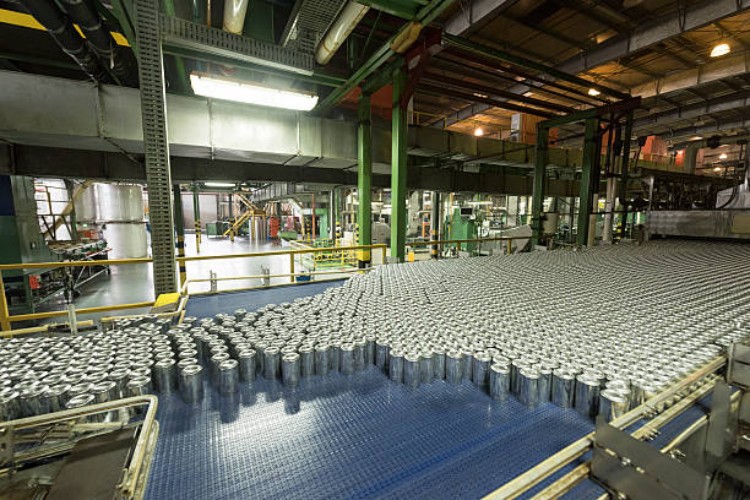Aluminium Can: The Complete FAQ Guide In 2025
An aluminium can is a container made of aluminium that is used to hold and transport various food and beverage products. They are widely used for packaging soft drinks, beer, energy drinks, and other liquids.
Aluminium cans are in high demand due to several reasons. They are lightweight, durable, and easy to transport, making them cost-effective for manufacturers and distributors. They also provide a good barrier against light, air, and moisture, which helps to preserve the quality and taste of the product inside. Additionally, aluminium cans are 100% recyclable, which makes them an environmentally friendly packaging option.
This buying guide is thus formulated to shed light on several aspects of aluminium can. Let’s start figuring out these!
1.What is An Aluminium Can?
An aluminium can is a container made of aluminium that is commonly used to store and transport beverages, such as soda and beer. The can is made of a cylindrical shape and is sealed at the top and bottom with aluminium or steel lids.
The manufacturing process begins with the aluminium ingot, which is melted and formed into a thin sheet. The sheet is then cut into circles, which are formed into the cylindrical shape of the can. The bottom and
2.What are the significant applications of Aluminium Can?
Aluminium cans have a variety of applications, including packaging for food and beverages, personal care products, and household cleaners. Some specific examples include:
Beverage packaging:
Aluminium cans are commonly used to package soft drinks, beer, and energy drinks. They provide a lightweight, portable, and resealable container that keeps the contents fresh.
Food packaging:
Aluminium cans are also used to package a wide range of food products, such as fruit, vegetables, soups, and sauces. They offer a cost-effective and convenient way to preserve food and extend its shelf life.
Personal care products:
Aluminium cans are used to package a variety of personal care products, such as hair spray, deodorant, and shaving cream. They provide a durable and portable container that can be easily carried in a purse or gym bag.
Household cleaners:
Aluminium cans are used to package household cleaners, such as laundry detergent, dish washing liquids, and all-purpose sprays. They provide a convenient and easy-to-use container that can be easily stored under the sink.
Other industrial uses: Aluminium cans are also used for a variety of industrial applications such as lubricants, chemicals, and paints.
3.What are advantages of utilizing Aluminium Can?
There are several benefits of using aluminium cans for packaging and storing beverages:
Lightweight:
Aluminium cans are much lighter than other types of packaging, making them more cost-effective to transport and distribute.
Durable:
Aluminium cans are strong and able to withstand the pressure of carbonated beverages.
Recyclable:
Aluminium cans are highly recyclable and can be recycled indefinitely without losing quality, making them an environmentally friendly choice.
Convenient:
Aluminium cans are easy to open and reseal, making them a convenient option for on-the-go consumption.
Barrier properties:
Aluminium cans provide an effective barrier to light, air, and moisture, helping to preserve the taste and freshness of the beverage.
Versatile:
Aluminium cans can be used for a wide variety of beverages, including soda, beer, energy drinks, and iced tea.
4.What are the dimensions and capacity of the Aluminium Can needed?
The dimensions and capacity of cans needed will depend on the specific application and the product being packaged. Some common can sizes include:
1 lb. Cans, which have a capacity of 16 fluid ounces and are typically used for packaging food items such as beans, vegetables, and fruits.
5 lb. Cans, which have a capacity of 80 fluid ounces and are often used for packaging bulk food items such as flour, sugar, and coffee.
12 oz. Cans, which have a capacity of 12 fluid ounces and are commonly used for packaging beverages such as soda, beer, and energy drinks.
16 oz. Cans, which have a capacity of 16 fluid ounces and are often used for packaging beverages such as iced tea and beer.
1 gallon cans, which have a capacity of 128 fluid ounces and are typically used for packaging larger quantities of liquid, such as paint, lubricant, and other industrial products.
The dimensions of the cans will vary depending on the capacity, but generally speaking, the height and diameter of the can will increase as the capacity increases. For example, a 12 oz. Can will be shorter and have a smaller diameter than a 16 oz. Can.
When looking for a specific can size, you can typically find the dimensions and capacity of the can listed on the product packaging or on the manufacturer’s website.
5.What are the common materials of Aluminium Can?
The most common type of aluminium alloy used for making aluminium cans is 3004 and 5182 alloy. 3004 alloy is a medium-strength alloy that is often used to make cans for carbonated beverages, while 5182 alloy is a higher strength alloy that is often used to make cans for beer and other beverages.
Both alloys have good formability and corrosion resistance properties, which are important for making cans that can hold liquid without leaking or breaking. Additionally, these alloys are easy to recycle and are lightweight, making them an environmentally friendly choice for packaging.
6.How Aluminium can be formed into Aluminium Cans?
The process of forming aluminium into aluminium cans involves several steps:
- Aluminium Ingot Production: The first step is to produce aluminium ingots from bauxite ore through the Bayer process.
- Rolling: The aluminium ingots are then heated and passed through rolling mills to produce aluminium sheets of the desired thickness.
- Cutting: The aluminium sheets are then cut into circular discs using a punch-and-shear process.
- Body-making: The circular discs are then formed into cylindrical bodies using a press-and-draw process.
- Bottom-making: The bottom end is then formed and crimped onto the body to create a sealed can.
- Printing and Coating: The can is then printed with branding and other information, and coated with a layer of protective material to prevent corrosion and enhance the can’s appearance.
- Lidding: The final step is to attach a lid to the top of the can, which is usually made of steel and coated with a layer of easy-open material.
- Inspection and Packaging: The finished cans are then inspected for defects and packaged for shipment to customers.
These steps involve sophisticated machinery and processes that ensure the cans are made to high standards and meet the requirements of various industries and applications.
7.What the various kinds of machines that are used in the production of aluminium can?
There are several types of machines used in the production of aluminium cans, including:
Extrusion press:
This machine is used to create the body of the can by shaping a flat sheet of aluminium into a cylindrical shape.An extrusion press machine for aluminium cans works by using a hydraulic press to force aluminium through a die in order to shape it into a desired form. The aluminium is first heated to a malleable temperature and then fed into the press.
The press exerts a high amount of force on the aluminium, pushing it through the die and shaping it into the desired form, such as a can. The extruded aluminium is then cooled and cut to the desired length. Extrusion presses can be used to create a wide range of products, including cans, pipes, and profiles.
Ironing Press:
Ironing press machines for aluminium cans use heat and pressure to smooth out wrinkles and dents in the cans. The cans are placed between heated rollers, which apply pressure to the cans while they are being heated.
The heat and pressure cause the aluminium to become malleable, allowing it to be reshaped and smoothed out. Once the desired level of smoothing is achieved, the cans are cooled and removed from the machine. The process can also be used for other metal cans, such as steel cans.
Inspection Machine:
Inspection machines for aluminium cans use a combination of cameras, sensors, and algorithms to check for defects in the cans. The cans are typically conveyed through the machine on a conveyor belt, and as they pass through, various cameras and sensors are used to scan and inspect different aspects of the cans, such as the shape, size, and surface defects.
The machine’s algorithms then analyse the data collected by the cameras and sensors to determine if the cans are within acceptable tolerances, and if any defects are present. If any defects are detected, the machine will typically reject the defective can and continue to inspect the next one.
Packaging machine:
The working principle of a packaging machine for aluminium cans typically involves several steps. First, the cans are loaded into the machine, either manually or through a conveyor system. The cans then pass through a series of stations, such as a washing station, a filling station, and a sealing station.
At the washing station, the cans are cleaned to remove any debris or contaminants. The filling station is where the cans are filled with the desired product, such as a beverage or food product. The filling process may be done by gravity filling, pressure filling, or vacuum filling.
After the cans are filled, they move to the sealing station, where the top of the can is sealed with a lid or a pull tab. The sealed cans are then inspected for any defects, such as leaks or dents. Finally, the cans are packaged and ready for shipment.
8.How Aluminium Cans are filled?
Aluminium cans are filled using a process called “canning.” The process involves several steps:
- Cleaning and inspection:The cans are first cleaned to remove any contaminants and then inspected for any defects.
- Filling: The cans are then filled with the desired product, such as soda or beer, using a filling machine. The cans move on a conveyor belt and pass through a series of filling nozzles that dispense the liquid into the cans.
- Seaming: After filling, the cans are sealed with a lid called a “can end.” The can end is placed on top of the open can and then pressed and sealed onto the can using a seaming machine.
- Pasteurization: The filled and sealed cans are then heated to a high temperature to kill any bacteria or microorganisms that may be present. This step is called pasteurization.
- Cooling: Once pasteurization is complete, the cans are cooled down quickly to prevent bacteria growth.
- Labeling and packaging:The cans then move to the labeling and packaging area, where the cans are labeled with the product information and packaged for shipping.
- Quality Control:The final step is quality control, where the cans are inspected to ensure that they meet the required standards for product quality and packaging.
9.What type of machines are used to fill aluminium cans?
There are several types of machines used for filling aluminium cans, including:
Gravity filler:
This machine uses gravity to fill cans with liquid. It is typically used for low viscosity liquids such as beer, soda, and other carbonated beverages
Pressure filler:
This machine uses pressure to fill cans with liquid. It is typically used for high viscosity liquids such as juice, syrup, and other non-carbonated beverages.
Counter-pressure filler:
This machine uses a combination of gravity and pressure to fill cans with carbonated liquids. It is designed to prevent foam and oxidation during the filling process.
Volumetric filler:
This machine uses a specific volume measurement to fill cans with liquid. It is typically used for liquids that require precise filling such as pharmaceuticals, chemicals, and other technical products.
10.What is the process of sealing Aluminium Cans?
The process of sealing aluminium cans typically involves the following steps:
- Printing: Printing the design on the can’s surface.
- Body making: Forming the can body from a aluminium coil.
- End making: Cutting and curling the aluminium ends to fit the can body.
- Can filling: Filling the can with the desired product.
- End Seaming: Attaching the end to the can body.
- Quality Inspection: Checking the filled can for any defects.
- Tab welding: Welding the tab to the end.
- Packaging: Packing the sealed cans into cartons or trays.
- Sterilization: Heating the filled cans to sterilize the contents (if required).
- Final Inspection: Checking the packaged cans for any defects before shipping.
11.What are the machines used for sealing Aluminium Cans?
There are several types of machines that are used for sealing aluminium cans, including:
- Can Seamer:
This machine is used to seal the top or bottom of a can by crimping the metal lid to the can body. The lid is first placed on the can and then a roller or a chuck applies pressure to the lid, creating a seal.
- Can Ender:
This machine is used to create the top and bottom of an aluminium can. It forms a circular piece of aluminium into a can shape and then seamed to form a closed can.
12.Is there a need for the Aluminium can to be easily recyclable?
Yes, there is a need for aluminium cans to be easily recyclable. Recycling aluminium cans conserves natural resources and reduces the amount of waste sent to landfills. It also requires less energy to recycle aluminium than to produce new aluminium from raw materials.
Aluminium cans can be recycled by:
- Collecting used cans and taking them to a recycling centre or curb side collection program.
- After transported to a recycling facility, cans are crushed and baled, then sent to a foundry.
- At the foundry, the aluminium is cleaned, melted and cast into ingot.
- The ingots are then transported to manufacturers to make new products, such as cans and aluminium foil.
13.Are there any certifications or industry standards that the Aluminium can must meet?
There are several certifications and industry standards that aluminium cans must meet in order to be used for food and beverage packaging. These standards ensure that the cans are safe for use, and that they meet certain performance and quality requirements.
1.ANSI Certification
One of the most important certifications for aluminium cans is the American National Standards Institute (ANSI) certification. This certification ensures that the cans meet certain performance requirements, such as burst strength and impact resistance, and that they are manufactured using safe and hygienic processes.
2.ASTM Standard
Another important standard is the ASTM International (ASTM) standard. This standard establishes the requirements for the chemical and physical properties of aluminium cans, including the thickness of the walls, the shape and size of the cans, and the finish of the cans.
3.FDA
In addition to these certifications, aluminium cans are also subject to regulations established by the U.S. Food and Drug Administration (FDA) and other regulatory bodies around the world. These regulations ensure that the cans are safe for food and beverage packaging, and that they do not leach harmful chemicals or other contaminants into the contents of the cans.
Overall, aluminium cans must meet a variety of industry standards and certifications in order to be used for food and beverage packaging. These standards help ensure that the cans are safe, high quality and comply with the regulations set by the FDA.
14.What are shipping requirements Of Aluminium Can?
Aluminium cans are commonly used for packaging and shipping a variety of products, such as beverages, food, and chemicals. The specific shipping requirements for aluminium cans will depend on the type and quantity of product being shipped, as well as the regulations and guidelines established by the relevant government agencies and industry organizations.
Some general requirements that may apply to the shipping of aluminium cans include:
- Packaging:
Aluminium cans must be properly packaged to protect the contents from damage during transport. This may include using appropriate packing materials, such as foam or bubble wrap, and securely sealing the cans in a container or box.
- Labeling and marking:
Aluminium cans must be clearly labeled and marked to indicate the contents and any potential hazards. This may include using labels, placards, or other forms of identification to indicate the type of product, its weight or volume, and any special handling or storage instructions.
- Transportation:
Metal drinks cans on production line in manufacturing plant. Industrial building interior with abundance of aluminium cans.[/caption]
Aluminium cans must be transported in a manner that is safe for both the product and the environment. This may include using appropriate vehicles or containers, such as refrigerated trucks or containers, and following regulations for the safe transport of hazardous materials.
- Compliance with regulations:
Aluminium cans must comply with all relevant government regulations and industry standards, such as those established by the Department of Transportation (DOT), the Occupational Safety and Health Administration (OSHA), and the Environmental Protection Agency (EPA). This may include obtaining proper permits, certifications, or licenses, and meeting specific safety, health, and environmental guidelines.
It’s always best to check with the relevant authorities about the specific requirements for shipping aluminium cans, as regulations and guidelines can vary depending on the product, location and mode of transport.
Conclusion
In conclusion, choosing the right aluminium can for your needs can greatly enhance the experience of storing and consuming your favorite drinks. With the right material, size, and design, you can ensure that your drinks stay fresh and protected. Consider your specific needs and preferences, and keep in mind factors like durability, ease of use, and portability. With these guidelines in mind, you will be able to find the perfect aluminium can for you, making every drink a beautiful experience.
Don't forget to share this post!
CONTACT US
Tell us your raw material and project budget to get quotations within 24 hours.
WhatsApp Us: +86 181 7101 8586
The Buyer's Guide
